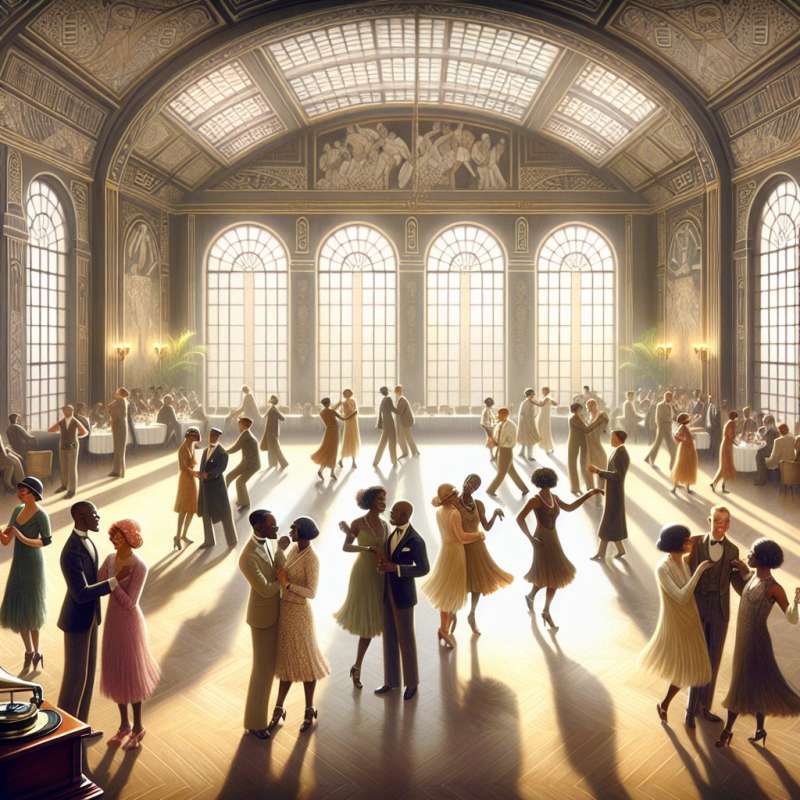
Origins of Harlem Ballroom
The Harlem ballroom scene originated in the 1920s in Harlem, New York. It was a cultural hub where African American LGBT individuals found freedom of expression through dance and fashion.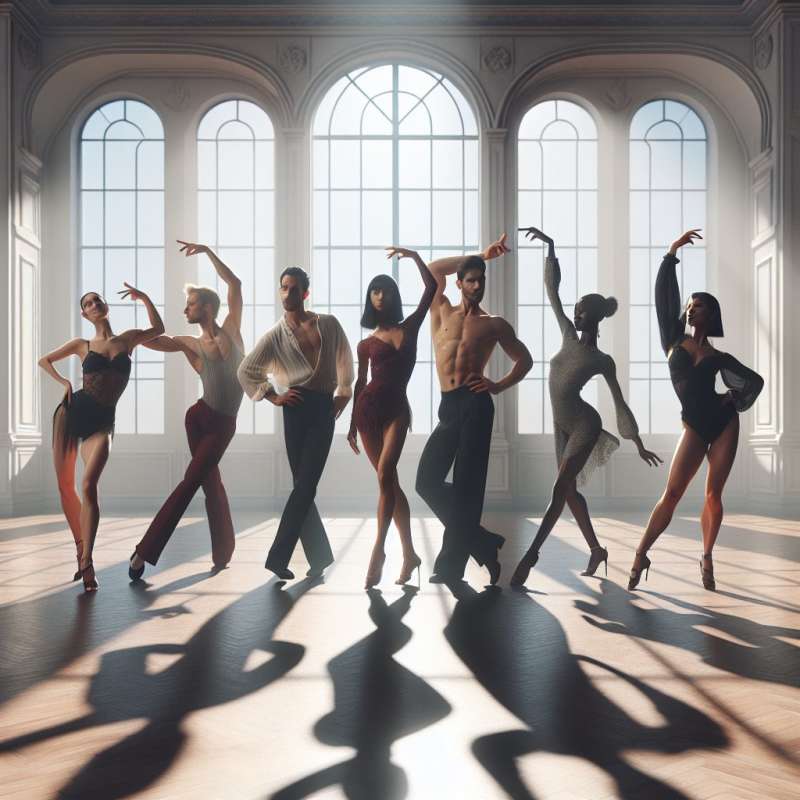
Ballroom and Voguing
Voguing, a stylized dance originating from ballroom competitions, gained prominence in the 1980s. It involves poses inspired by fashion models, integrated with angular, linear, and rigid body movements.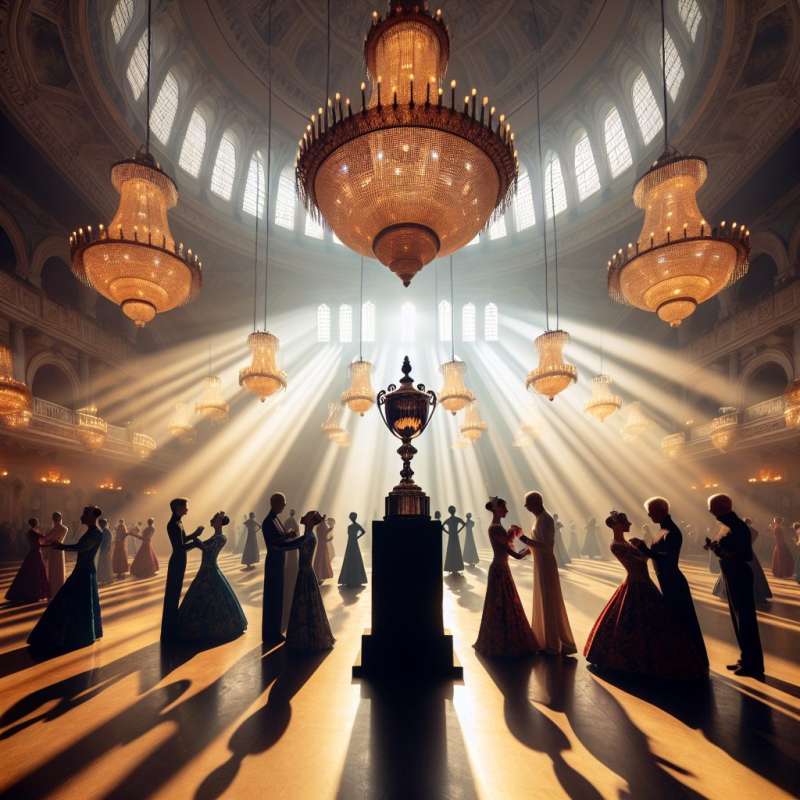
Legendary Houses Emerge
Ballroom culture is organized around 'houses' led by 'mothers' and 'fathers.' Prominent houses, like House of LaBeija, provide kinship and compete in balls, earning status and trophies.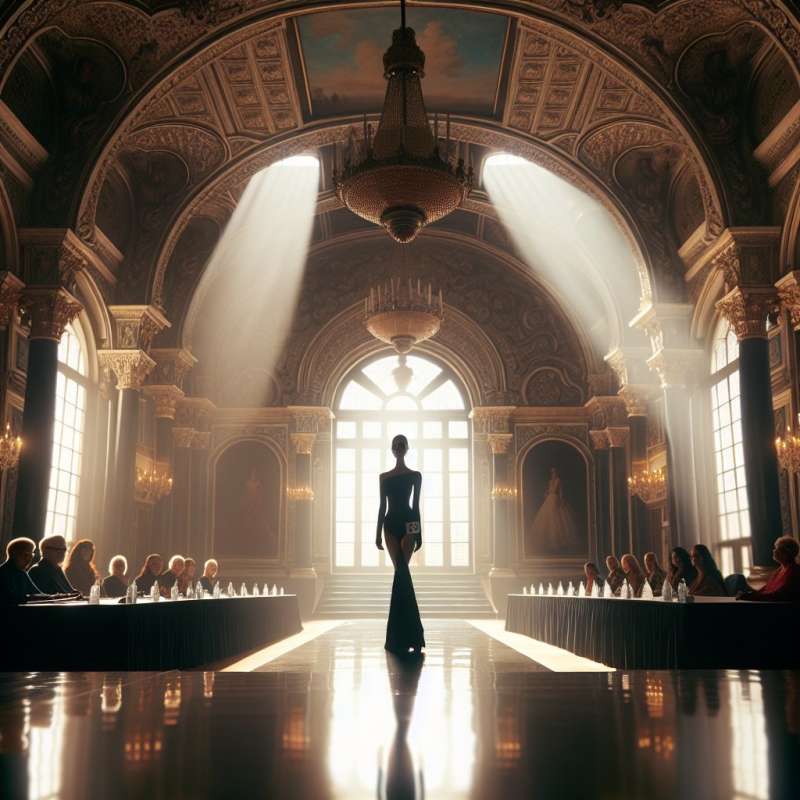
Categories and Competition
Competitions are divided into categories such as Face, Realness, and Vogue. Participants 'walk' to demonstrate skill, grace, and authenticity, judged by ballroom elders.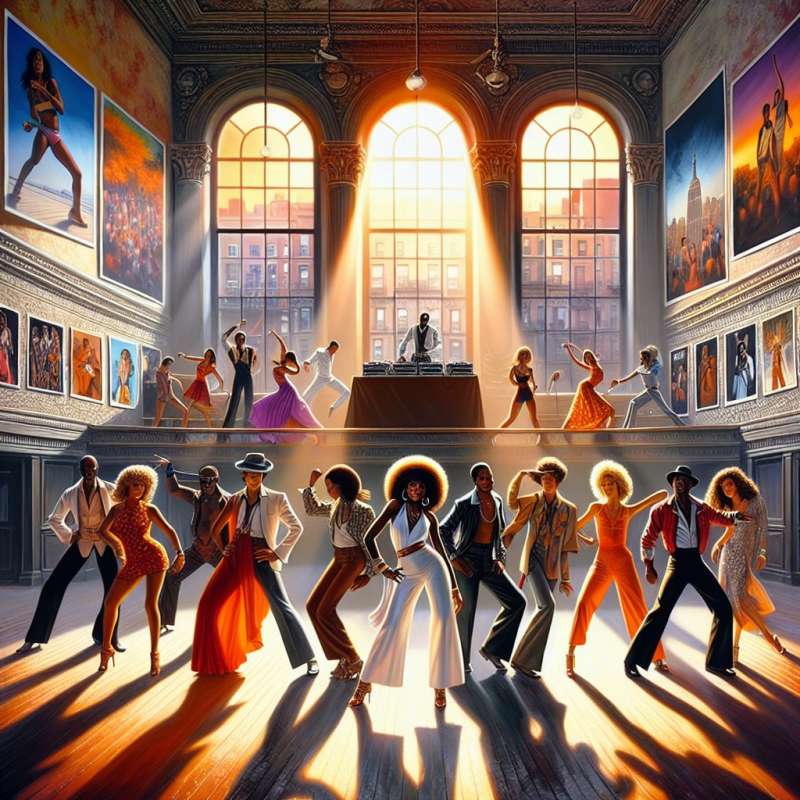
Influence on Mainstream
Harlem ballroom culture has heavily influenced mainstream music, fashion, and dance. Madonna's 'Vogue' brought it to the masses, and shows like 'Pose' highlight its history.
Activism and Community
The ballroom community has been pivotal in advocating for LGBT rights and HIV/AIDS awareness. Balls often serve as fundraisers and support networks for those affected.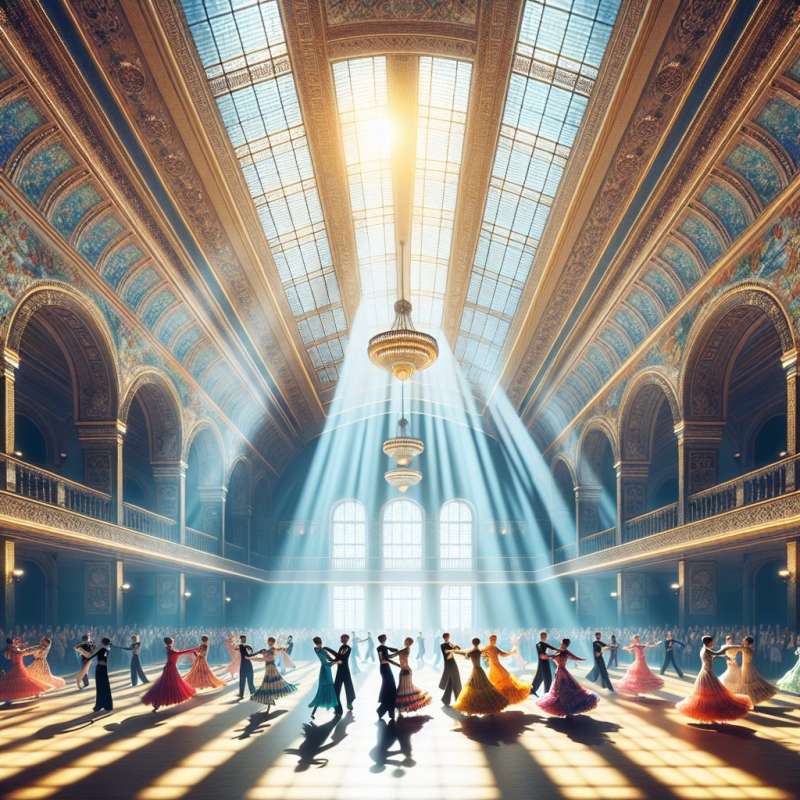
Global Ballroom Scene
While rooted in Harlem, ballroom culture has gone global. Major cities worldwide host balls, celebrating the rich tradition and fostering new talent in the ballroom scene.
What decade birthed Harlem ballroom?
1920s cultural expression
1960s civil rights era
1980s disco influence
Company